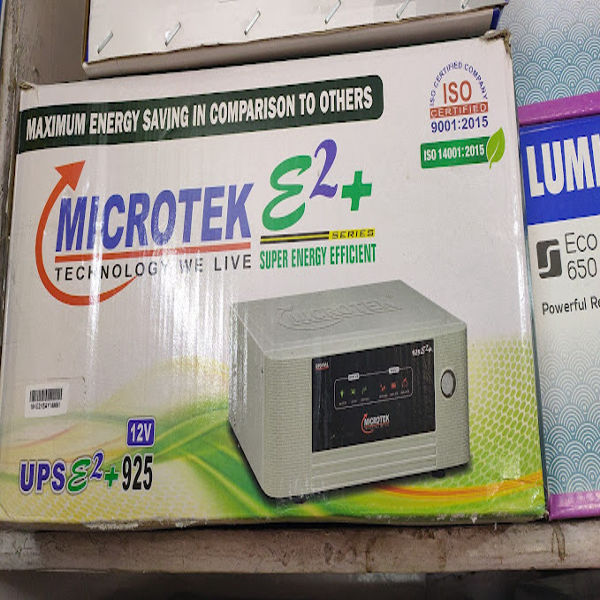Amaron industrial batteries
Amaron industrial batteries are designed for heavy-duty applications and are known for their reliability, performance, and long service life. Here’s a detailed overview of their features, types, specifications, and applications:
Key Features
Robust Construction: Designed to withstand harsh industrial environments, these batteries are built to resist vibrations, shocks, and extreme temperatures.
High Cycle Life: Amaron industrial batteries are engineered for deep cycling, offering excellent performance in frequent charge and discharge cycles.
Maintenance-Free Options: Many models are sealed and maintenance-free, reducing the need for regular upkeep.
Versatile Applications: Suitable for a variety of industrial uses, from backup power to specialized equipment.
Efficiency: High charging efficiency allows for quicker recharge times and optimal energy utilization.
Corrosion Resistance: Constructed with materials that resist corrosion, enhancing longevity and performance.
Types of Amaron Industrial Batteries
Amaron Quanta:
Use: Ideal for industrial applications, including UPS systems, telecommunications, and other critical power needs.
Features: Available in both 12V and 2V configurations, designed for high capacity and reliability.
Amaron SMF (Sealed Maintenance-Free):
Use: Suitable for various industrial applications where maintenance is challenging.
Features: Provides reliable power with low self-discharge rates, ensuring long shelf life.
Amaron AGM Batteries:
Use: Ideal for high-performance applications, including industrial machinery and equipment.
Features: Offers excellent power delivery and deep cycle capabilities.
Specifications
Voltage: Available in both 12V and 2V configurations.
Capacity: Ranges from 100Ah to over 300Ah, depending on the specific model.
Sizes: Various sizes are available to fit different industrial setups and requirements.
Applications
Uninterruptible Power Supply (UPS): Used in UPS systems for critical applications, ensuring power continuity.
Telecommunications: Powers telecom equipment and towers, providing reliable backup.
Material Handling Equipment: Suitable for forklifts, pallet jacks, and other industrial vehicles.
Renewable Energy Systems: Can be used in conjunction with solar or wind energy systems for energy storage.
Mining and Construction: Ideal for equipment used in harsh conditions and demanding environments.
Conclusion
Amaron industrial batteries are designed for performance and reliability in demanding applications, making them a preferred choice for various industries. For specific models, detailed specifications, or further information, it’s best to check the Amaron website or consult with local distributors.
If you have specific questions or need more details about a particular model, feel free to ask!
Send
Message








